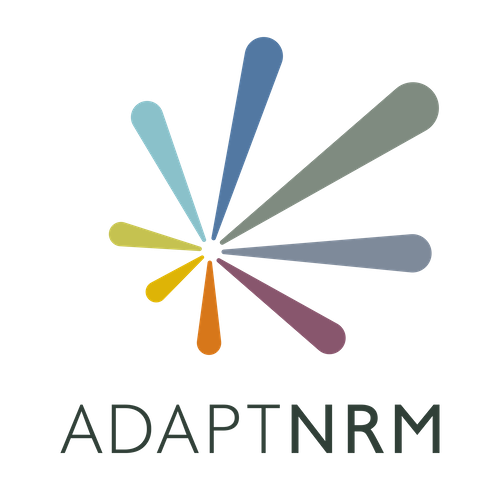Build relationships to gain a deeper understanding of other disciplines.
The premise of this principle is that building relationships and viewing others as real people, not just representatives of organisations, enables quality communication that can facilitate deeper understanding of other disciplines.
Relationships enable conversations or active dialogue that builds shared meaning and understanding, bridging knowledge gaps to another discipline or area of expertise. Information can be elaborated in greater detail, tested through questioning, and illustrated through story and example, in order to build more comprehensive understanding.
-
 How this principle was used in AdaptNRM
How this principle was used in AdaptNRM In the early stages of the project one of the AdaptNRM team, Barton Loechel, had the good fortune of driving some distance with an NRM group representative, Jane Chrystal, to a Central Slopes cluster project meeting. Both soon discovered that despite their respective areas of expertise neither was clear on how climate change adaptation (CCA) information could be practically incorporated into NRM planning – Bart had knowledge of CCA planning but little in NRM planning and vice versa for Jane.It became apparent to Bart as they discussed the issues that he needed to understand a lot more about what NRM planning involved in a practical sense, and how planners currently use other types of scientific information. For Jane’s part, her questions were around the nature and specific forms of climate change information and how it was generally used for adaptation planning.
The conversation itself was largely focussed on the question of delivering relevant and usable climate science to NRM planners, but the tone of the conversation was different because it was chattier, more personal, and allowed for stories and anecdotes to provide examples and clarification. In essence, both were trying to pin down in ever more specific, practical terms, what types of information would be useful and how it could be delivered and applied to meet the needs of NRM planners. They were able to do this more effectively because they were two people developing a real relationship and by the end of the trip both felt they had a much greater appreciation of what was likely to be required.
-
 Ideas for how you can apply this principle
Ideas for how you can apply this principleDeveloping relationships with NRM planners from different regions and with people who have expertise in other domains such as researchers and stakeholders will enable the quality conversations that improve understanding on both sides.
- Are you able to identify key individuals to develop longer-term, deeper relationships with?
- What types of strategies might help achieve enduring, quality relationships given the context of high staff turnover in the NRM sector?
- Are new staff briefed on the people involved in key learning relationships – not just their jobs but who they are as people and what they really care about?

